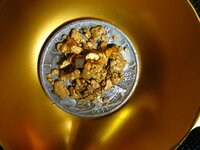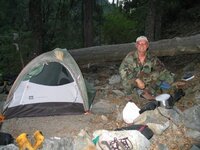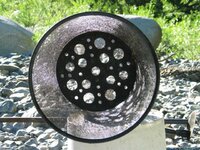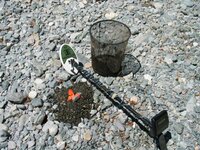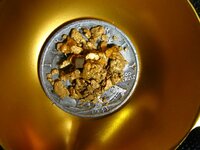Sample Pan Dan
Bronze Member
Hello all from beautiful San Diego. I am fairly new to prospecting. I have panned and sluiced a few times years ago in the mother load country north of Yosemite. I also did a little digging and panning in GA as well in the watershed coming down from Dahlonega. I haven't had a pan in my hand in a few years though I do still have one, and some buckets and some garden tools. I have done a little research looking for something fairly close to the house and have found that there is some public land in the Laguna area of Cleveland nf. Any locals with any suggestions, recommendations? Any help would be greatly appreciated. Also what is this "pan and hand" I read about? Can I truly not take a shovel and my bucket/ classifier out onto those creeks?
Thanks
Thanks
Upvote
0




